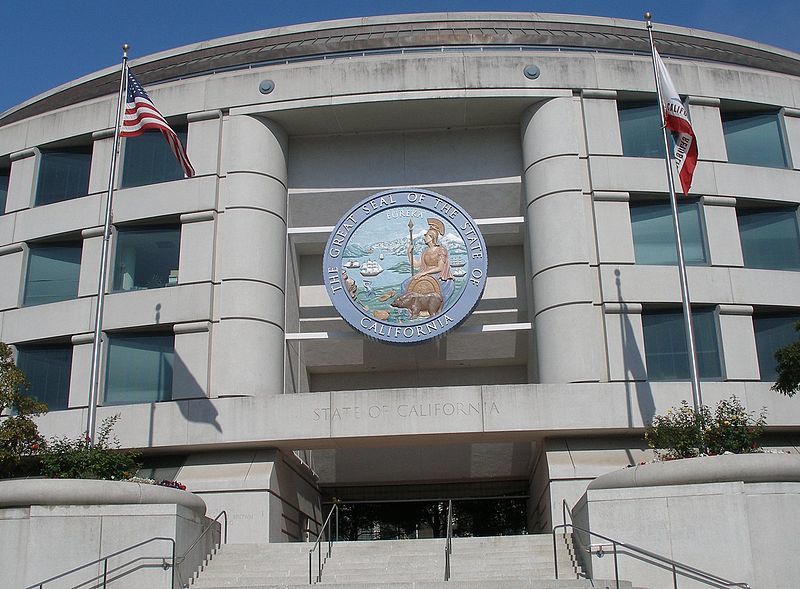The California Public Utilities Commission approved large rate hikes in electricity prices due in part to high costs associated with the state’s global warming restrictions.
The California Public Utilities Commission (CPUC) approved a 12 percent hike in San Diego Gas & Electric Co. (SDG&E) rates and a 10 percent hike in Southern California Gas Co. (SoCalGas) rates. CPUC and power company officials said the rate hikes were necessary to install smart grid technologies, comply with federal and state environmental restrictions, maintain infrastructure, and comply with global warming restrictions.
Programs Have Economic Consequences
“In one of the first in a long-to-be series of price increases for California consumers, the CPUC is passing on the cost of bad climate change policy,” said Tom Tanton, president of the energy consulting firm T2 & Associates. “Not only will consumers pay higher prices for electricity and everything else, electricity reliability is sure to suffer.”
“These additional costs are necessary to help the force-fit policy of increased intermittent and volatile renewables,” Tanton explained.
SDG&E will collect an extra $1.73 billion from electricity consumers under the new rate hike. SoCalGas will collect an extra $1.95 billion from electricity consumers.
Intermittent Power Problems
Part of the extra money collected from California consumers by SDG&E will fund energy storage research, as wind and solar power is intermittent and cannot be stored efficiently. If the sun is shining on solar power equipment or the wind is blowing at the proper speed for wind power generation when there is no need for additional power, the wind or solar power is wasted.
“Due to the growing use of photovoltaic generation in SDG&E’s service territory, and the impact of this on SDG&E’s electric operations, it is reasonable to authorize some funding for the energy storage projects that are already underway,” CPUC explained.
California’s renewable energy mandates require large utilities to purchase one-third of their power from renewable sources by 2020.
California Prices Already High
Daniel Simmons, director of regulatory and state affairs at the Institute for Energy Research, points out California already has the highest residential electricity rates in the Western United States.
California’s rates are 33 percent higher than Nevada’s, 44 percent higher than Arizona’s, and 58 percent higher than Oregon’s, Simmons said.
“These higher prices are the direct outcome of California’s burdensome regulation,” said Simmons.
Plug-In Vehicle Costs
SDG&E will also collect money to compensate for impacts plug-in electric vehicles (PEVs) will have on the utility’s network. The Division of Ratepayer Advocates recommended against providing these funds.
“There is no dispute that electric vehicle chargers will add additional load, which is likely to result in SDG&E having to make improvements to its distribution system in order to meet this load,” CPUC explained.
“This rate increase further highlights California’s harmful energy policies,” Simmons said. “Electricity rates are the result of policy choices, and California is intentionally increasing rates with little to no resulting benefit.”
Alyssa Carducci ([email protected]) writes from Tampa, Florida.




